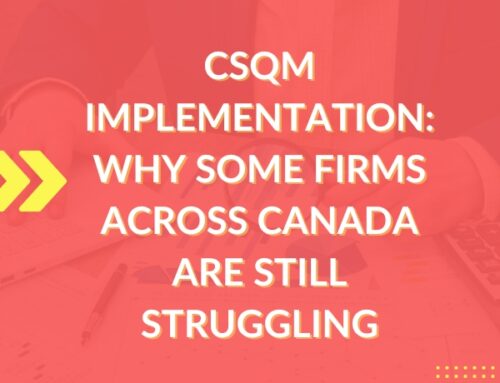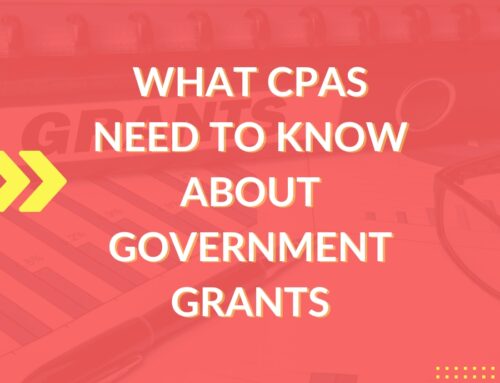August 7, 2023.
In the Liberal government’s efforts to ensure that Canadians pay their fair share of tax, it has made changes to the AMT in favor of middle-class Canadians at the expense of those in the top tax brackets. These changes will take effect January 1, 2024, that is if the measures as described in the government’s 2023 budget document entitled Tax Measure: Supplementary Information, receive Royal Assent.
In this article we draw your attention to just some of the proposed changes.
What is AMT?
As a refresher, AMT is the mechanism set out in the ITA which addresses a perceived inequity whereby certain individuals (including trusts) earning high income pay little or no income tax. Where regular income tax rules result in an amount that is less than a “minimum amount”, section 127.5 requires a taxpayer to pay the difference. This difference is AMT. Loss carryovers, certain tax-preferred income sources, including capital gains, employee stock options, and tax shelters are restricted in the adjusted taxable income (“ATI”) calculation.
AMT paid can be applied to reduce income tax over the following seven years where conditions are satisfied. Any unused portion of AMT becomes a permanent tax beyond seven years.
The various AMT components and formula can be seen at work in the following example. It also demonstrates the impact of the government’s changes to AMT on a taxpayer having a capital gain of $1 million.

(This example ignores provincial AMT. Generally, where federal AMT arises, provincial AMT results as a fixed percentage of federal AMT. So, as federal AMT increases so too will provincial AMT.)
In our example, the taxpayer would be subject to AMT of $169,535 after December 31, 2023, but only $114,000 under the current rules (until December 31, 2023). This result is due to the increased inclusion rate on the capital gain (100% vs 80%) in the ATI calculation. The calculation is also affected by the change in the AMT exemption and rate applied.
What are the changes to AMT taking effect on January 1, 2024?
The following chart lays out a comparison.

Except for the Special Foreign Tax Credit, only 50% of non-refundable tax credits will be permitted to reduce AMT, under the new rules. The Political Contribution Tax Credit, the Labour Sponsored Venture Capital Corporation Credit and the non-refundable portion of investment tax credits will continue to be disallowed in the calculation of the AMT.
Identifying clients with increased exposure to the AMT
Clients with increased AMT exposure include the following.
- Trusts (other than GREs)
- Individuals considering
- triggering large capital gains (e.g., sale of a business or surplus strips) after 2023
- making large donations to registered charities after 2023.
You will want to consider the impact of these new rules and how to effectively manage the AMT under the new rules. This is particularly important for those with high income at present but whose future income is expected to be low (e.g. retirees).
You can learn more about the government’s changes to AMT by registering for AJAG’s 2023 Income Tax Update with Howard Wasserman, CPA, CA, CFP, TEP.
AJAG has been a leading provider of technical content for accounting, assurance, and taxation practitioners over the past 20 years. Known for delivering the best and most up-to-date technical content in the profession, instructors are recognized and respected experts in their fields. Course content is drawn from the latest technical information gathered. Written and presented by each lecturer, registrants benefit from their experience and judgment. You can find out more information and upcoming AJAG’s courses HERE.






